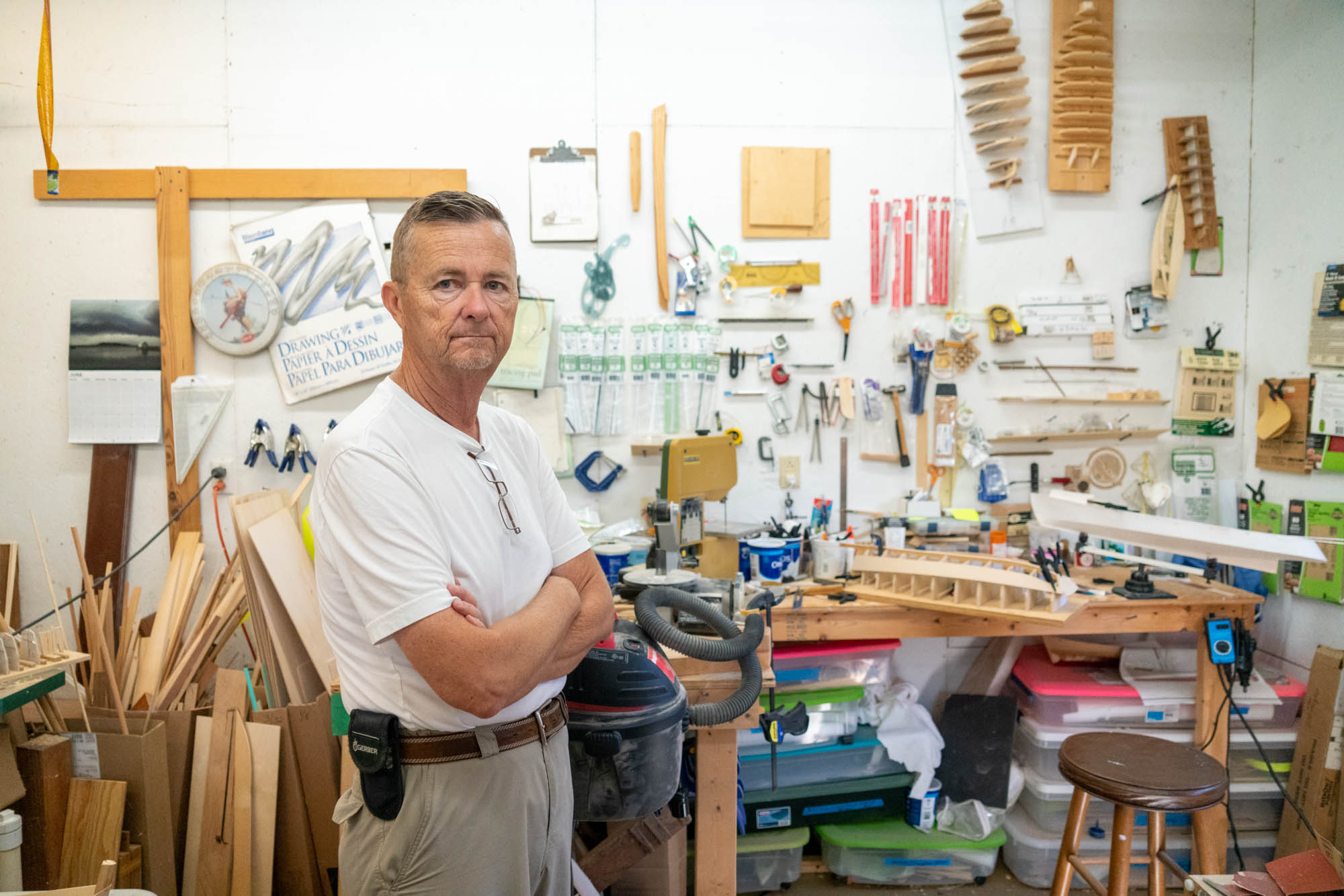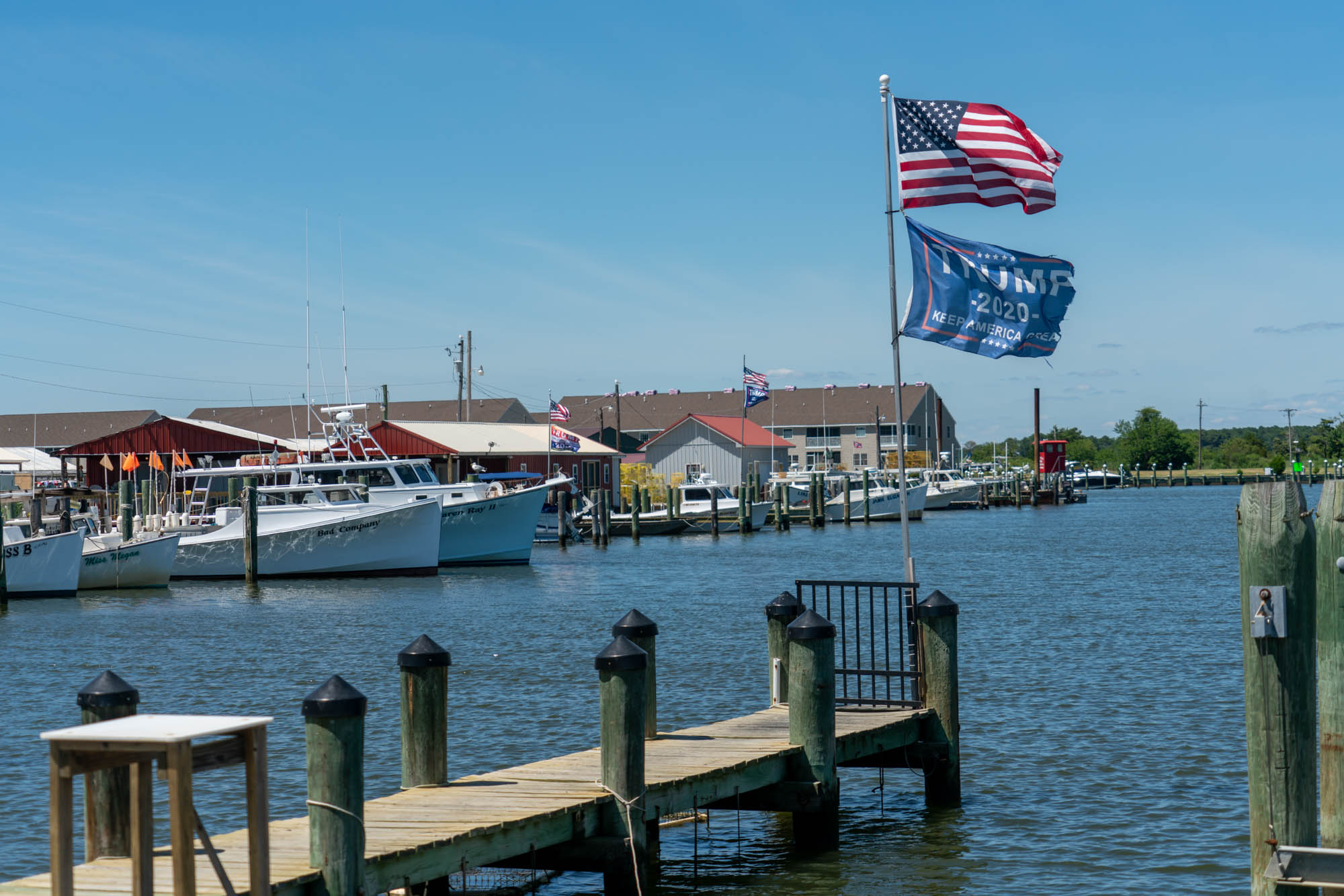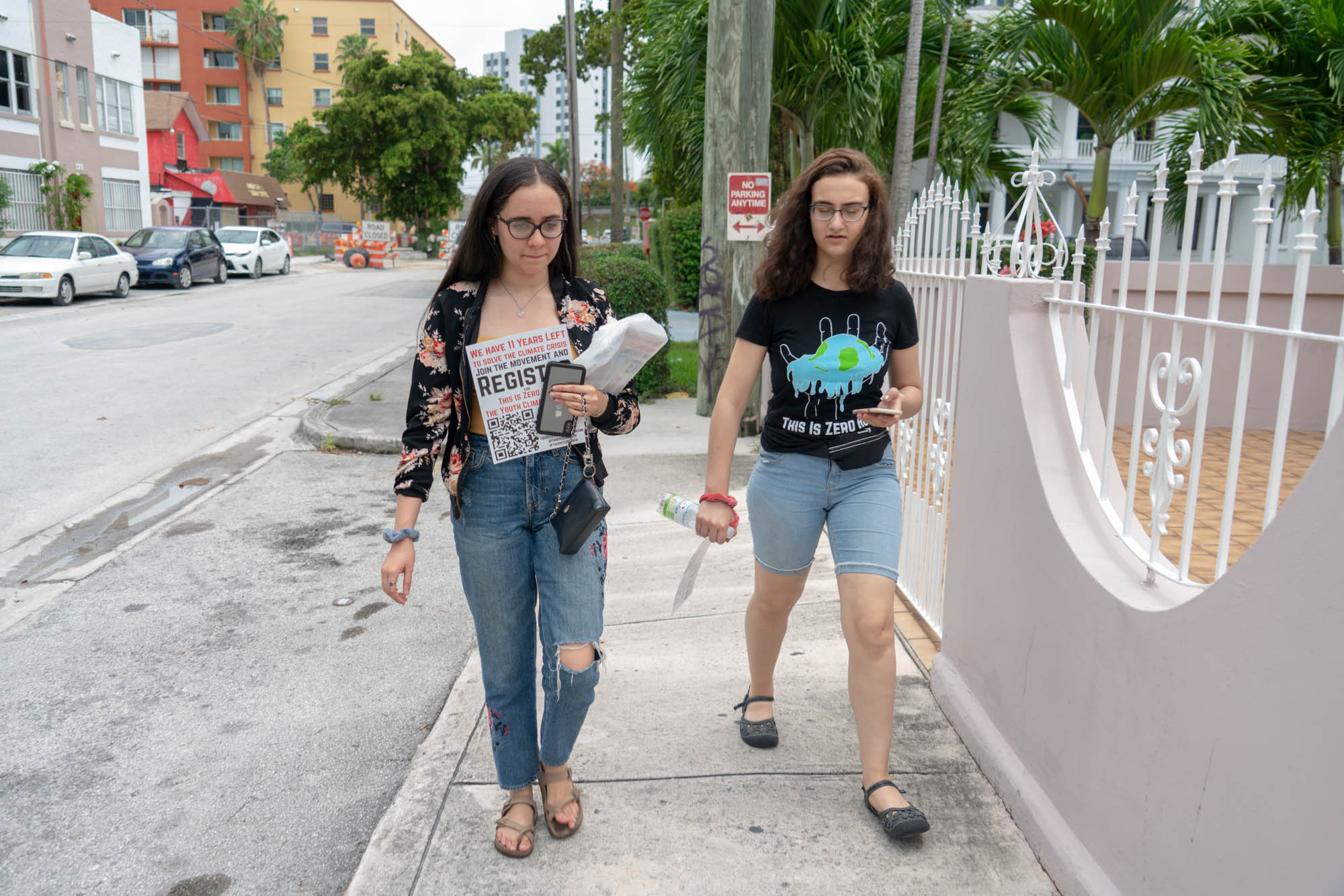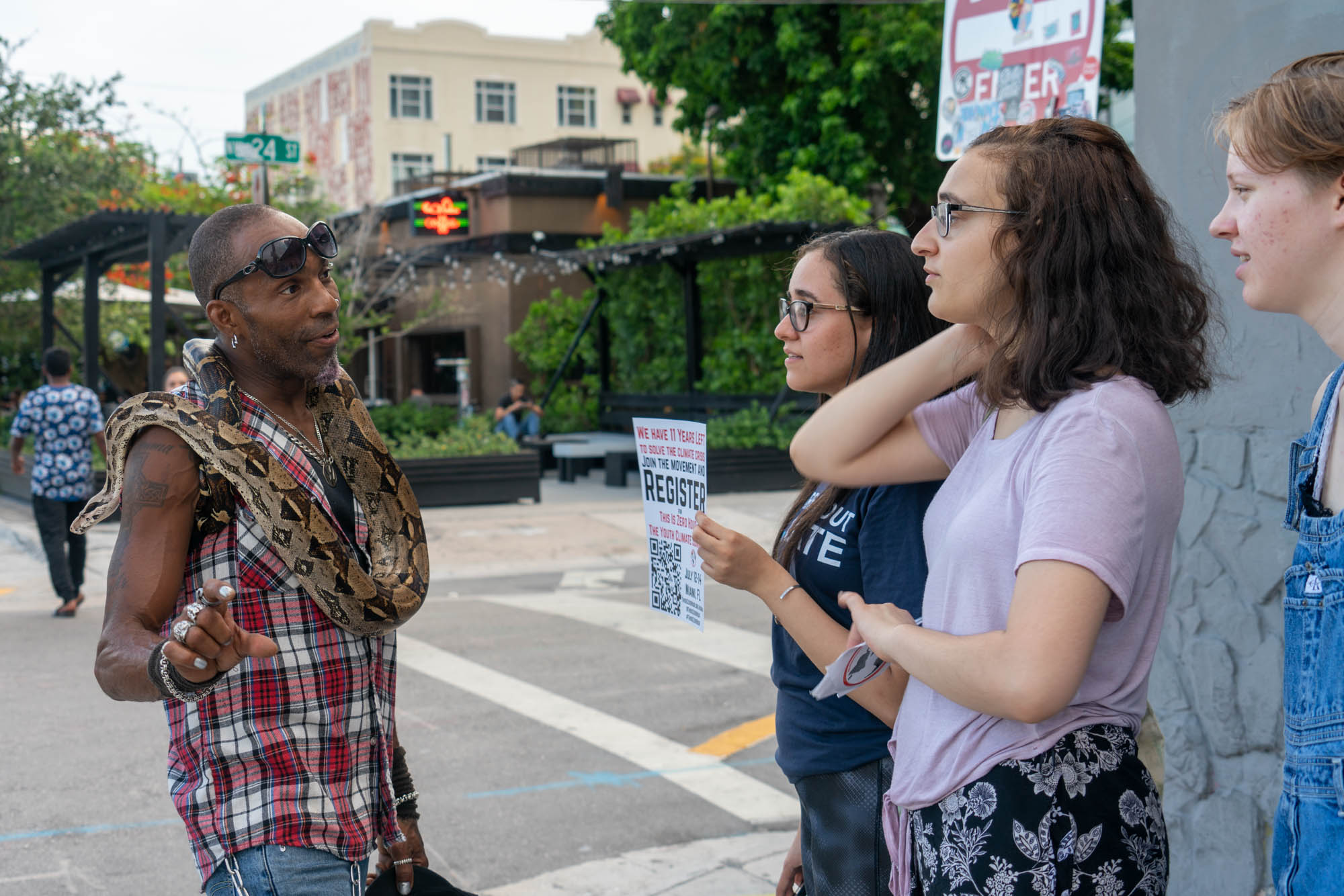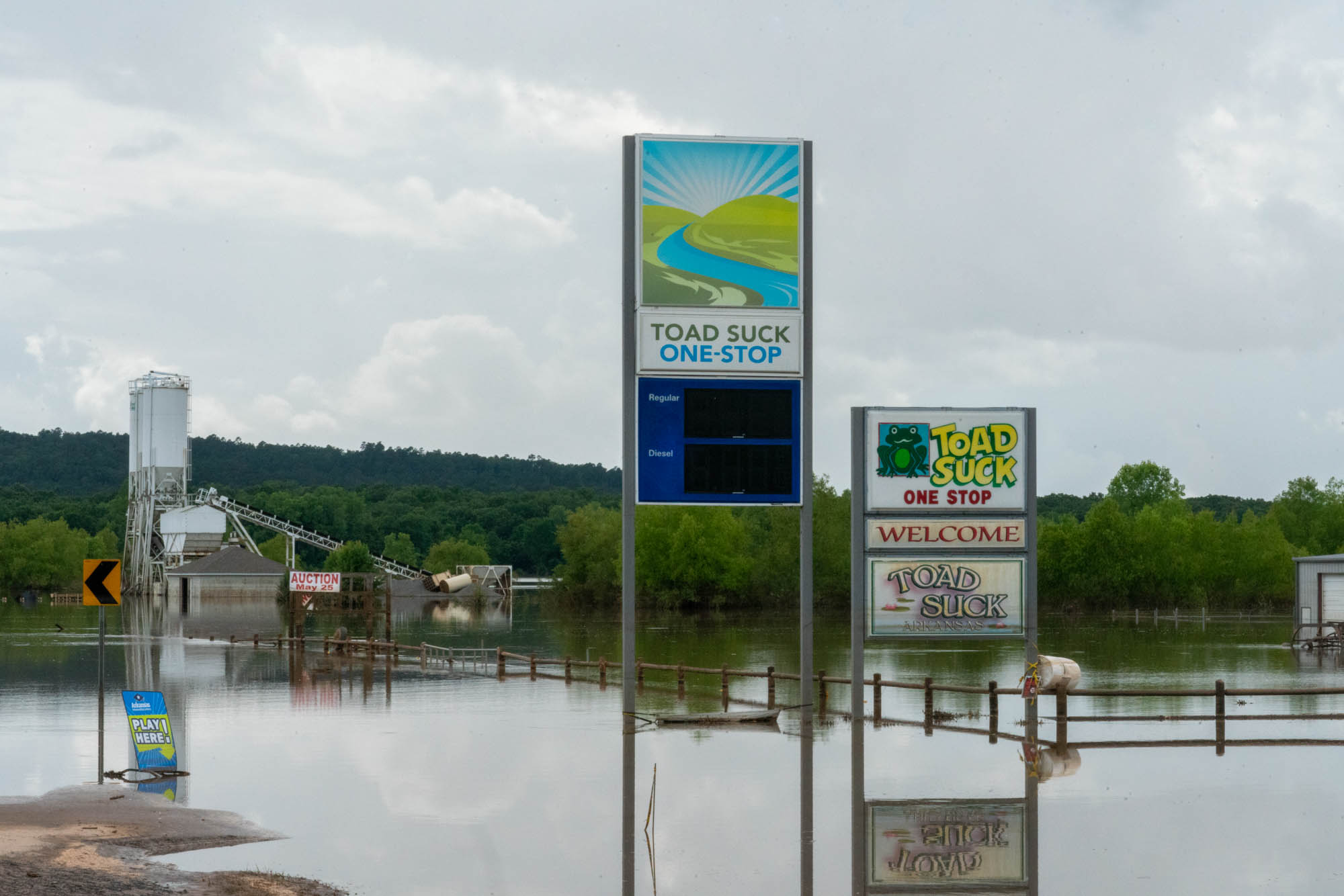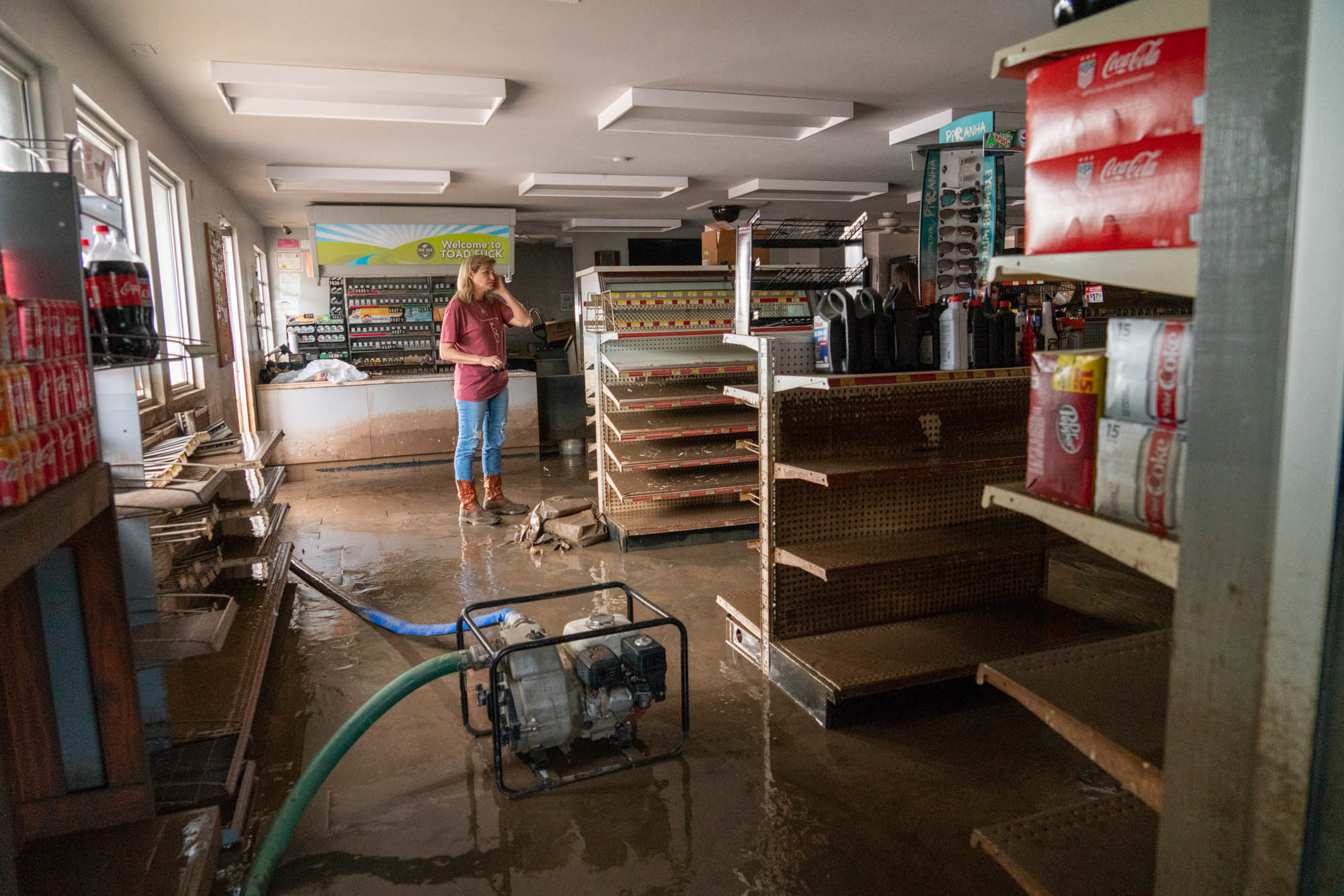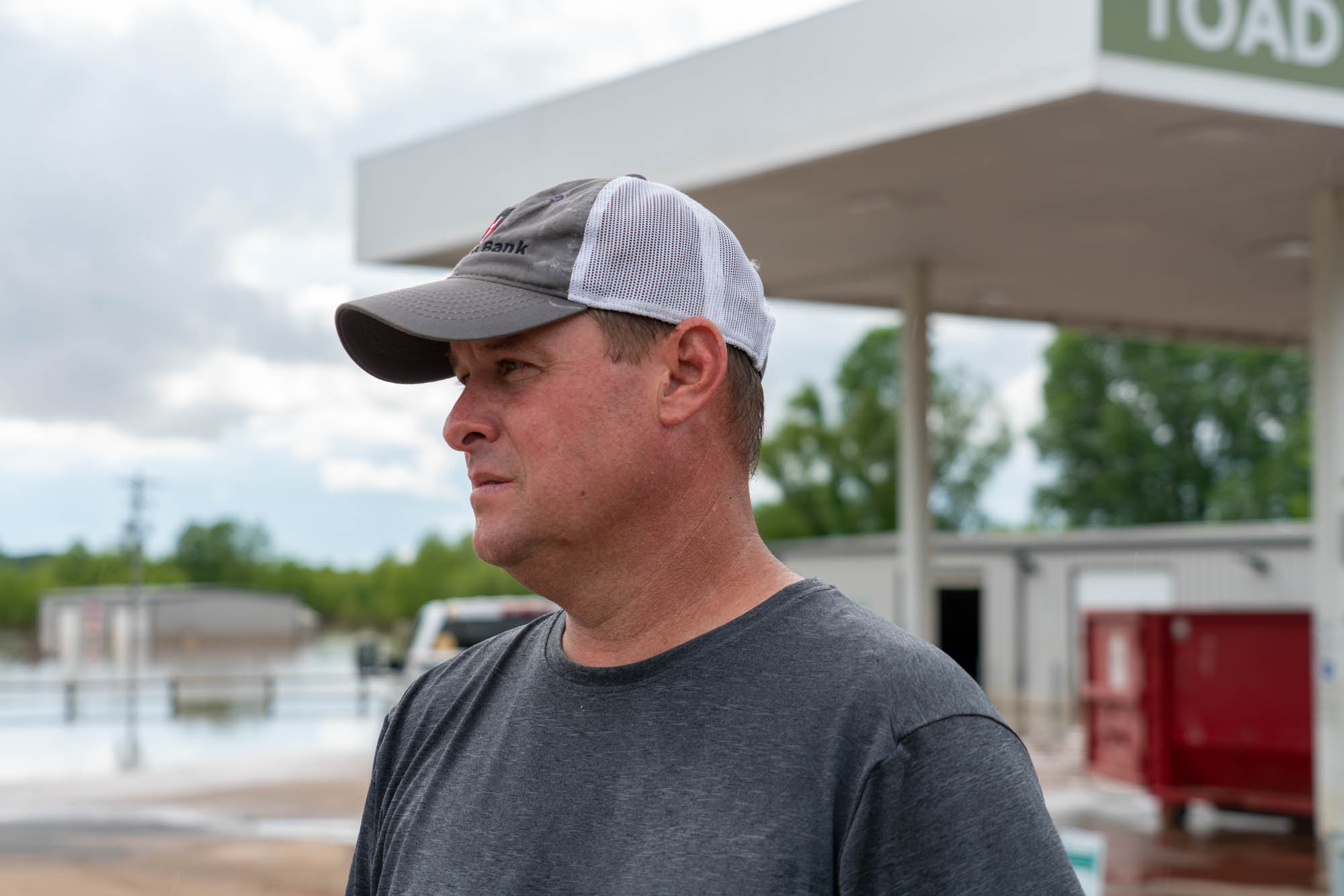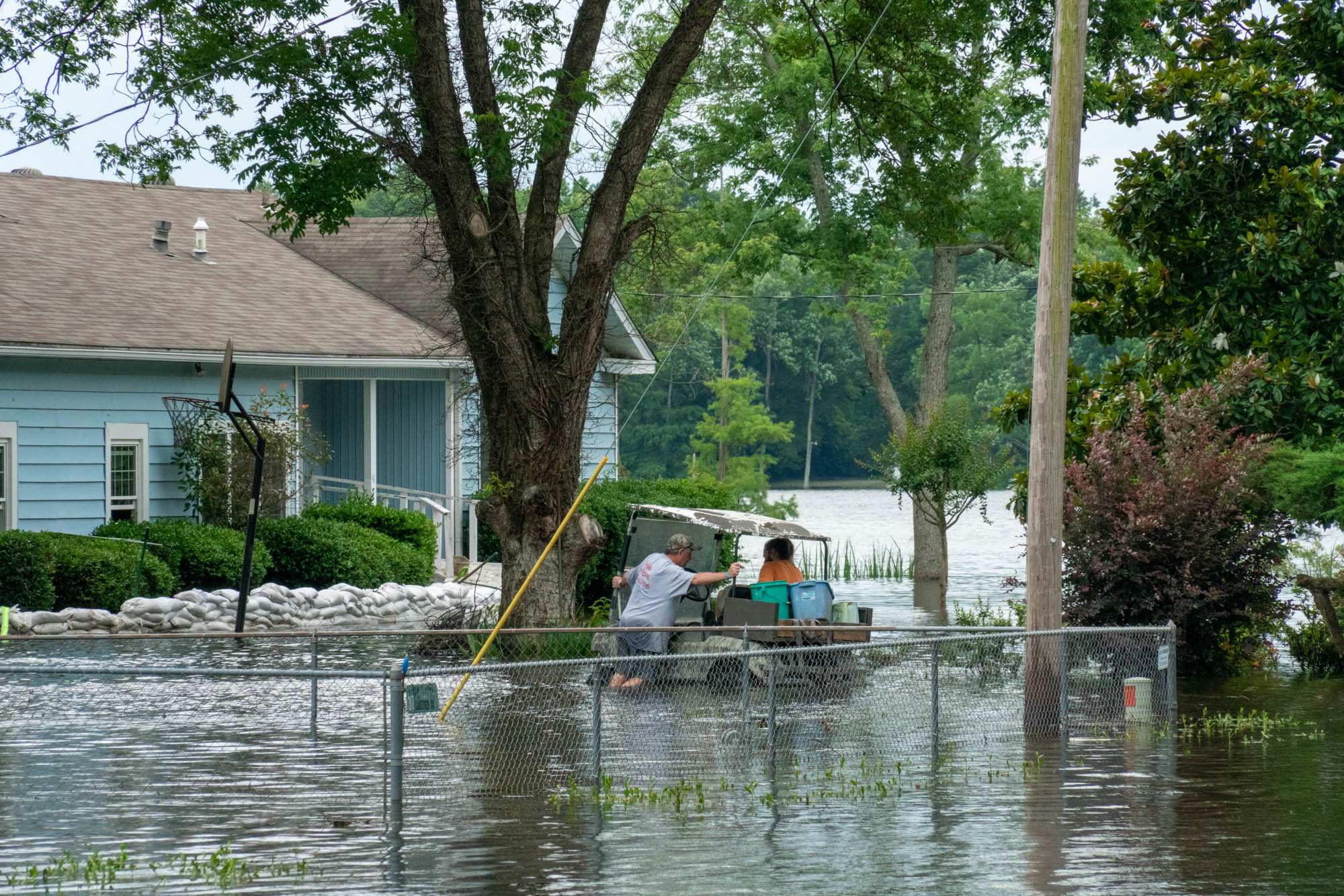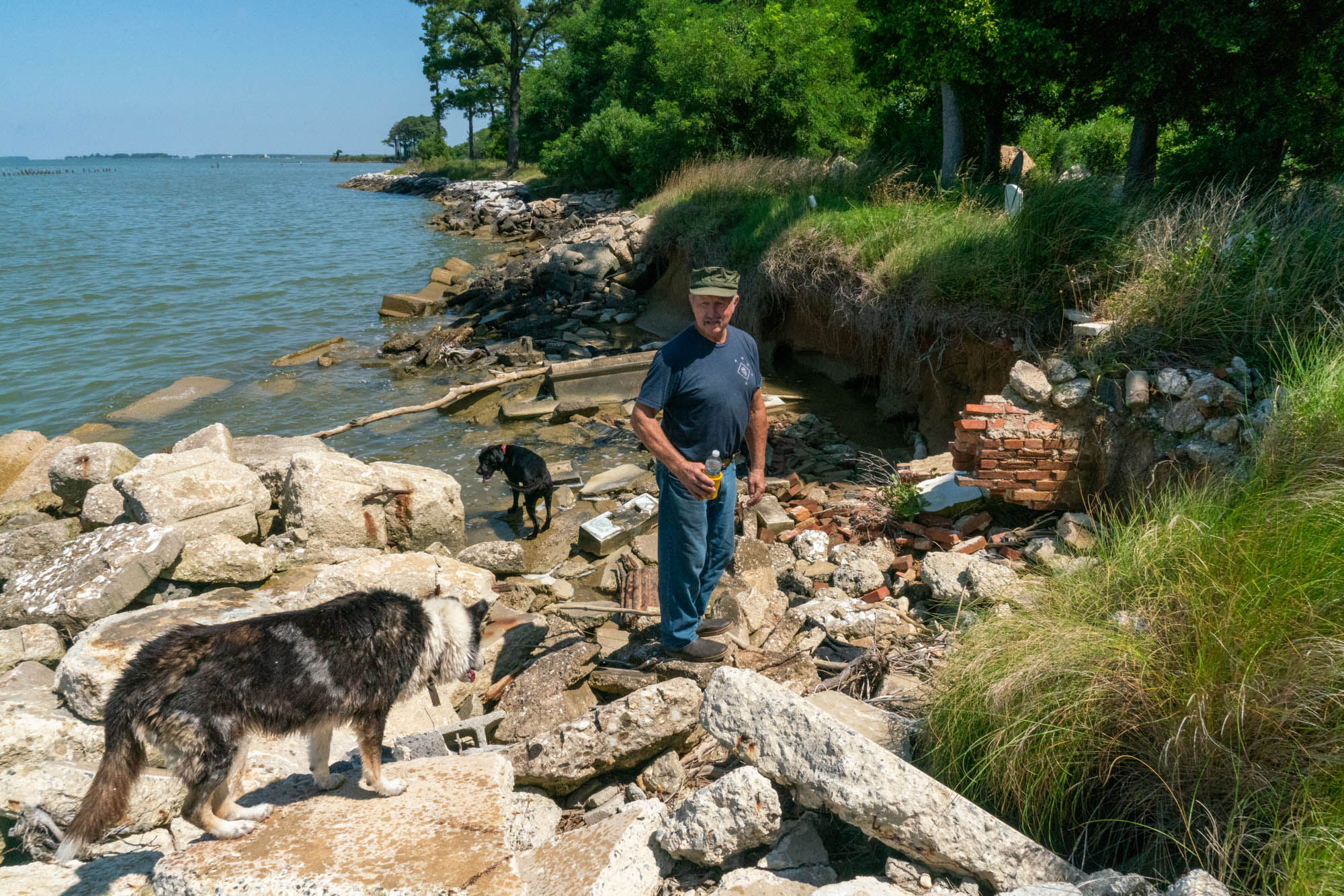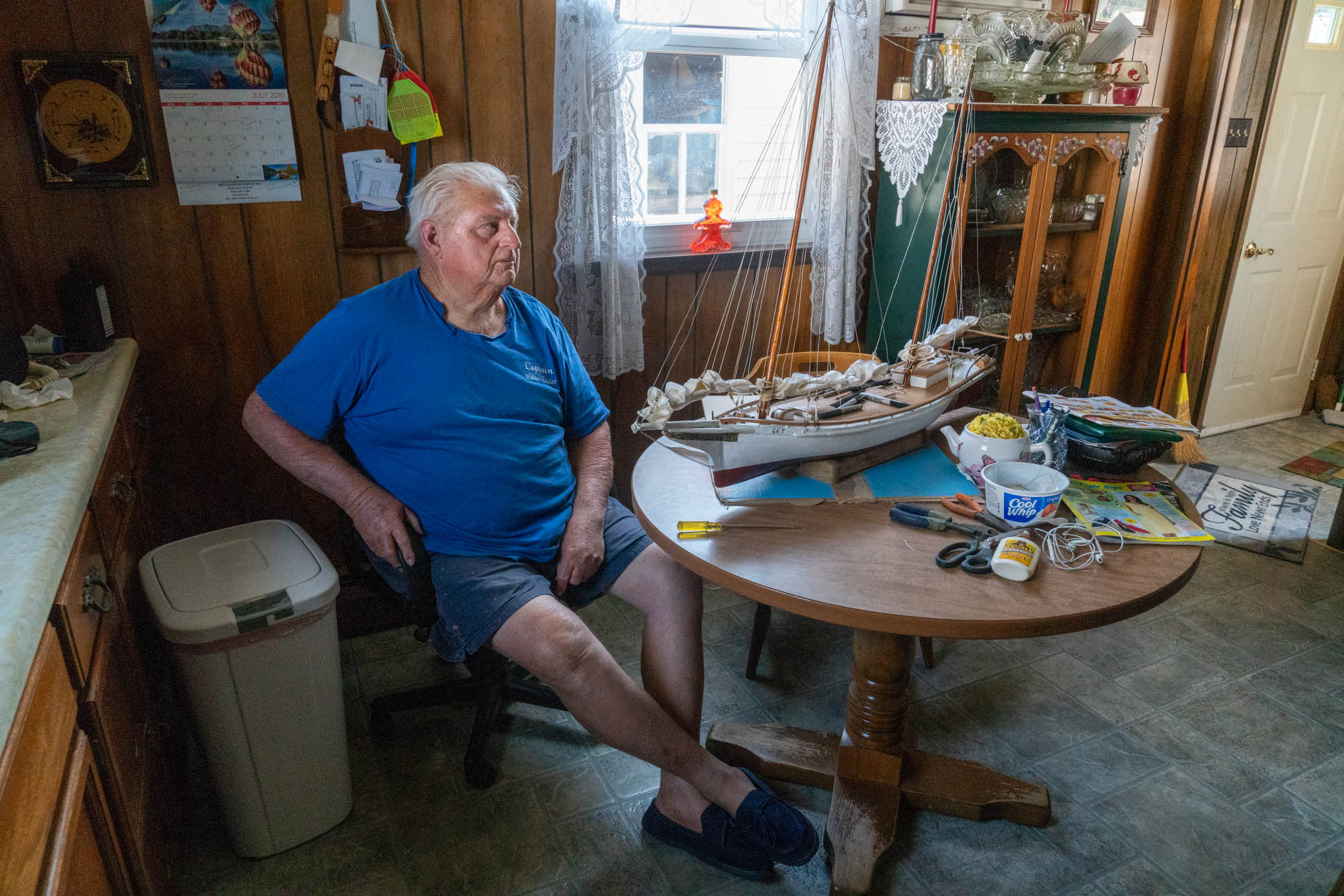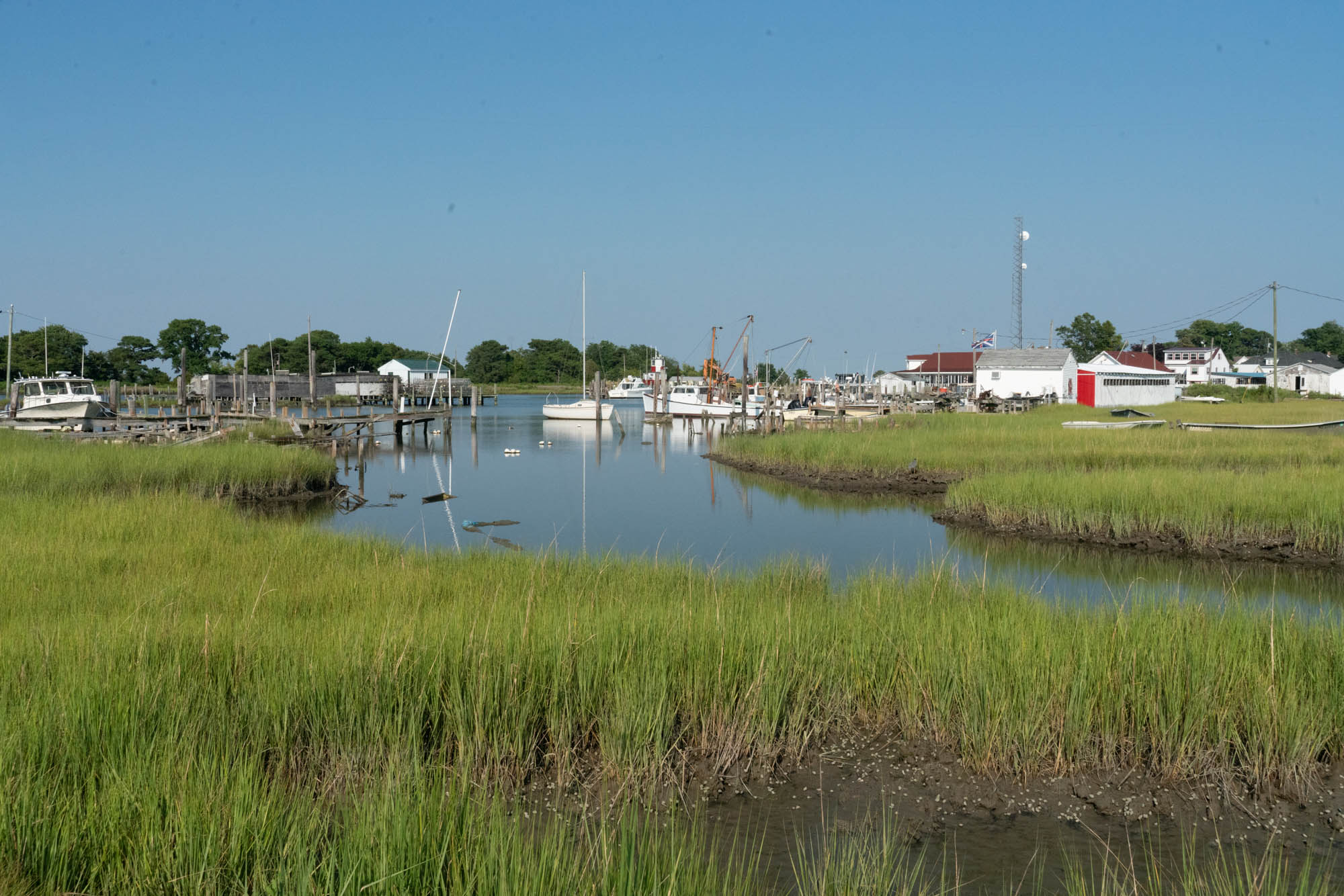Extreme weather galvanizes believers of climate change but doesn’t persuade skeptics
SMITH ISLAND, Md. – The Eastern Shore of Maryland, where crab pots line the docks and boats are stored in backyards, is one of the most vulnerable places in the U.S. to the effects of rising seas, climate scientists say.
But like many Americans, only about 40% of people living along the Chesapeake Bay believe global warming will harm them personally, according to Yale University’s Climate Opinion Maps 2018. That’s despite the fact that the same study showed almost two in three Americans believe global warming is affecting weather.
For more than three decades, scientists have pointed to worsening floods, more powerful hurricanes and larger wildfires as evidence of climate change – but many Americans remain unconvinced.
Eddie Somers, who recently retired as captain of an icebreaker, has some doubts.
“I disagree with the rates. I just don't buy it,” he said of flooding and sea-level rise predictions.
Somers, who was born on Smith Island, resides in Crisfield, a 45 minute boat ride from his hometown. He trusts his own experience with Chesapeake Bay as a predictor of the future.
“We see a lot of holes in environmental science because we live it,” he said. “It’s based on what I’ve seen and what my father saw and what my grandfather saw.”
Environmental scientists report that about a dozen communities on the Eastern Shore, including Crisfield and Smith Island, already are coping with disruptive flooding. Although it affects just 10% of Crisfield today, chronic flooding is projected to affect more than half of the town within the next 20 years, according to the Union of Concerned Scientists, a nonprofit American group that promotes evidence-based solutions to pressing global issues.
Somers’ skepticism of the science is common, but not universal, in communities on the Chesapeake Bay.
“I always tell my students, ‘I don't choose to believe in climate change,’” said Patricia Benner, who teaches earth sciences to children from Crisfield and Smith Island at Somerset Intermediate School in nearby Westover.
“I understand the data … the numbers are there. All you have to do is look at it critically and then you can make your own decision,” Benner said.
Some teenagers from across the country have made their decision and are persuading others to do the same.
Jamie Margolin of Seattle was only 15 in 2017 when she became frustrated by a string of what she calls “unnatural disasters” that hit the U.S.
“The media was not paying proper attention to them and making the connection between these natural disasters and climate change,” Margolin said.
Within a year, she and a few friends organized Zero Hour, a youth-based climate action organization, which held its first summit this summer. They chose Miami, a city often cited as ground zero for climate change because of frequent storms, flooding and low elevation.
“We're probably one of the most vulnerable places in the country for sea level rise,” said Brian Soden, a professor at the University of Miami Rosenstiel School of Marine and Atmospheric Science. “It's not like we can build a barrier or wall as the sea level continues to rise because it will just rise up through the bedrock.”
Miami-Dade County also is one of the few places in the country where a majority of the population – 54% – believe climate change will harm them personally, according to the 2018 Yale study.
Margolin and other activists peppered Miami with Zero Hour stickers and flyers to promote the summit, recruiting other young people to join their fight in the process. About 350 attended the summit, which featured workshops on climate science and leadership training.
Young people around the country are organizing around climate change, Margolin said, in part because they will live long enough to see the impacts.
Before joining Zero Hour, Sohayla Eldeeb, 18, already had lived through multiple hurricanes. In New Jersey, she watched her family’s house get torn apart by Hurricane Sandy. After her family moved to Ormond Beach, Florida, she lived through Hurricanes Matthew, Irma and Michael, as well as other smaller tropical storms.
“I'm just constantly living in this threat, and that's why it's become so personal to me,” she said.
Rachel Collins has lived in Homestead, Florida, south of Miami, for all her 21 years. Although she’s heavily involved in several climate action organizations, she said her parents never understood her concern. She showed them elevation maps illustrating that most of South Florida is just a few feet above sea level and will be underwater within her lifetime.

Rachel Collins of Homestead, Florida, has been passionate about climate change for years. But the 21-year-old activist realizes her first protest sign was somewhat naive. The difference individuals can make is minuscule compared to what governments and corporations can do, she said. (Jordan Laird/News21)
Her mother, Deborah Collins, said she only recently understood Rachel’s climate change concerns, and now participates with her in South Florida demonstrations.
“When you're raising a family, and you're busy in your work, and you're trying to take care of kids and pay a mortgage and all this stuff, you're not thinking about other things,” she said.
Miami Beach Mayor Dan Gelber said he trusts his eye. Areas of the city regularly experience what’s called sunny day flooding, or tidal flooding. There’s no weather event, but the tide rises and low lying areas flood.
Miami Beach is in the middle of a $500 million project to raise roads and install pumps to clear stormwater and control flooding of city streets.
“It's obvious that just one city isn't going to change whether or not we have sea-level rise,” Gelber said, adding that state and federal governments need to pass legislation to lower carbon emissions and make other environmental changes.
“My job as the mayor is to make sure we're doing something to address this in an informed way,” he said. “I believe this is a surmountable challenge.”
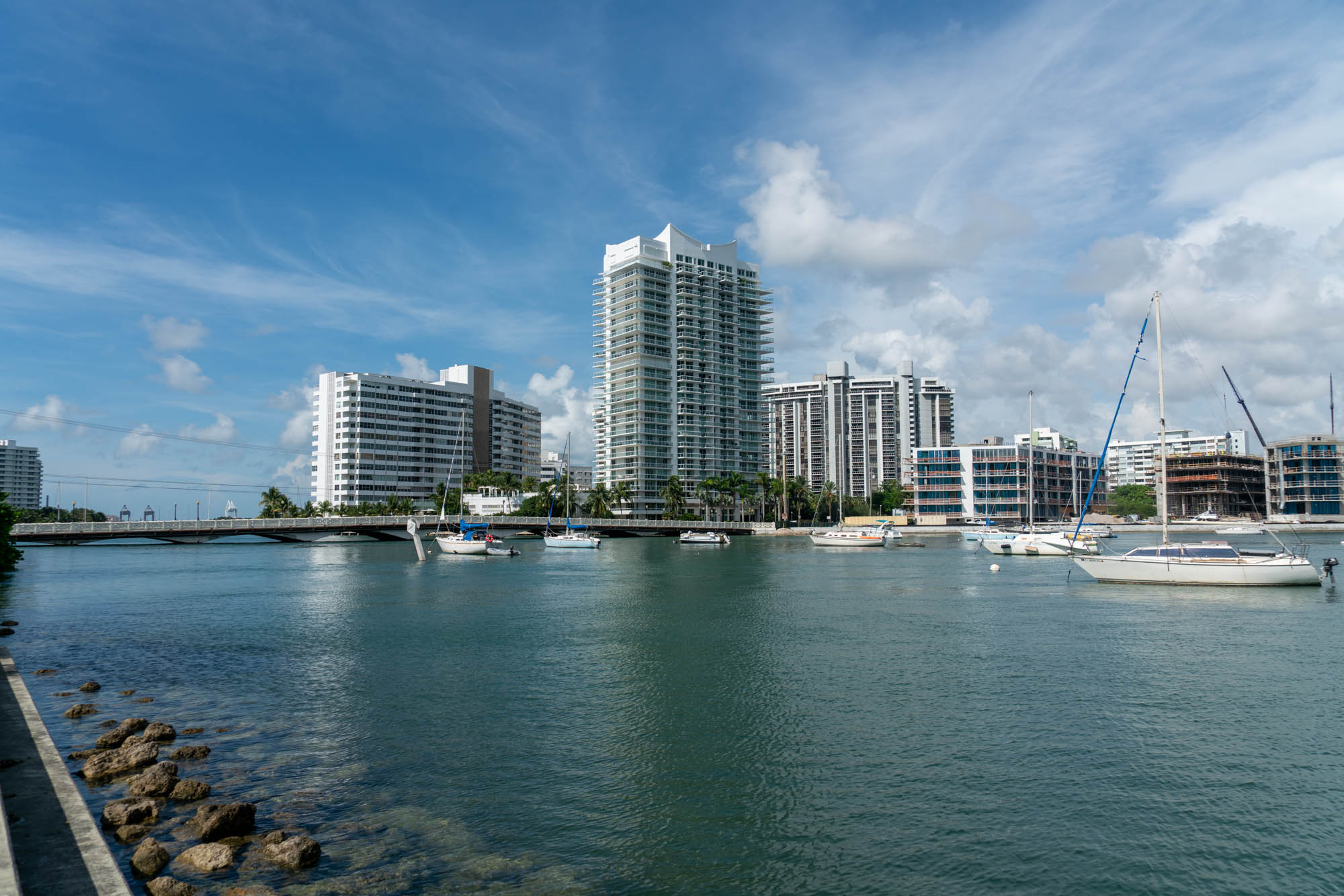
South Florida has been called ground zero for climate change effects. Miami Beach, a barrier island, is like “the canary in the mine shaft,” according to Mayor Dan Gelber. The city has begun a $500 million project to raise roads and install pumps to clear stormwater and control street flooding. (Jordan Laird, News21)
Most Americans simply are not engaged with the topic of climate change. The Yale study said that in 2018, about 35% of Americans reported discussing global warming at least occasionally.
Climate change is causing record precipitation in the Midwest, resulting in chronic river flooding in recent years, according to research from the Union of Concerned Scientists.
This hasn’t turned people in at least one Arkansas community into climate change believers. Although 63% of Arkansans believe climate change is happening, only 36% believe it will negatively affect them, according to the Yale study.
Until this year, the Arkansas River's highest recorded level was 38.1 feet, in 1945. But this spring, after torrential rains upstream, the river crested at 40.79 feet, according to the National Weather Service.
That record almost cost Jason Trantina his business.
Trantina has operated the Toad Suck One-Stop since 1997 and has owned it since 2006. The gas station and convenience store, the only store in town, normally serves as a hub for Toad Suck’s 288 residents. Despite being steps from the Arkansas River, the store had never flooded before this summer.
He and his employees battled the river, constructing barricades of dirt and concrete blocks and pumping out water. But after days of struggle, the river won.
“I don’t know if I’m fully on board with the climate change … I think everything kind of comes in spells,” said Trantina, who attributes this round of flooding to intense rain upstream in Oklahoma and mismanagement of the Arkansas River levee system.
State Sen. Jason Rapert, a Republican representing Bigelow, also is a skeptic. Much of his central Arkansas district was submerged under the historic flooding, including his own 67-acre hay and feed farm.
“You go through seasons and cycles where you have more turbulent weather. All we know is the fact that we're in a cycle now where we've had some,” he said.
Floods didn’t used to break records every year, said Astrid Caldas, a senior climate scientist with the Union of Concerned Scientists.
“If you look at the flooding patterns for the past five years, I mean, every March, April, the floods start,” she said. “And it’s like record-breaking huge floods and people displaced.”
